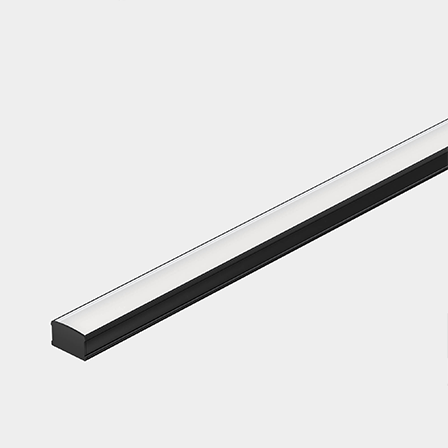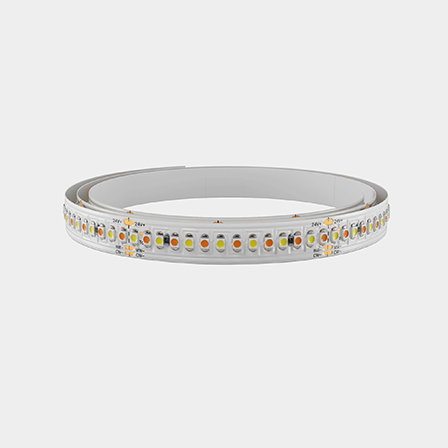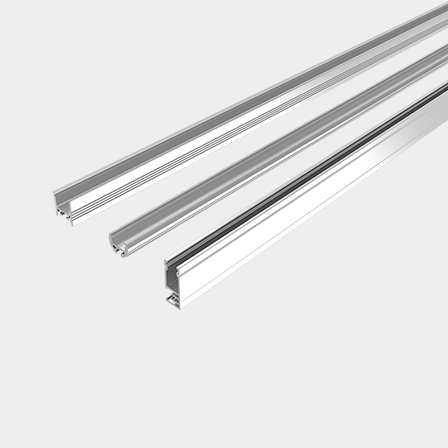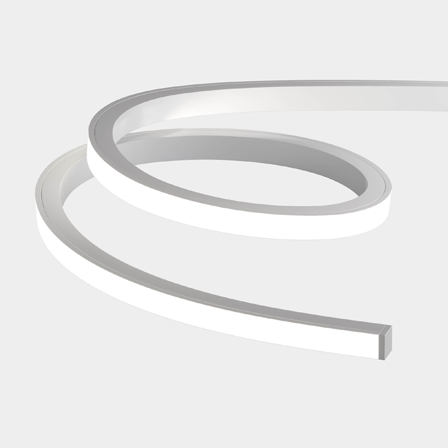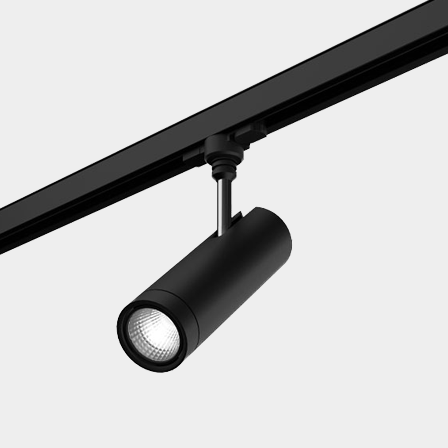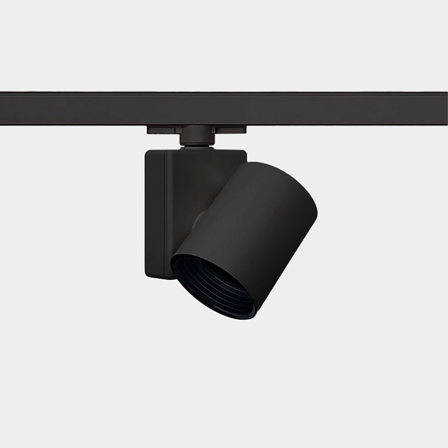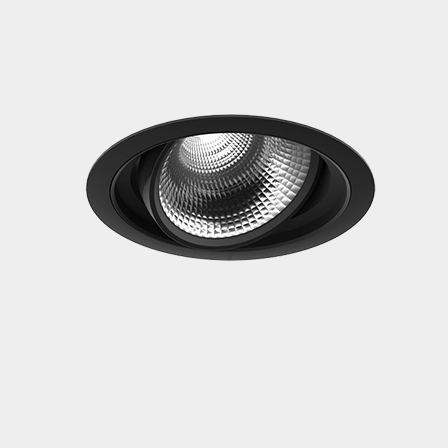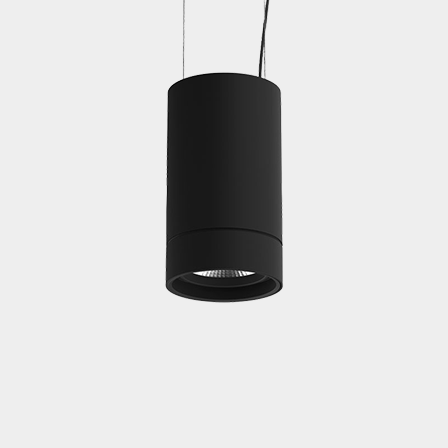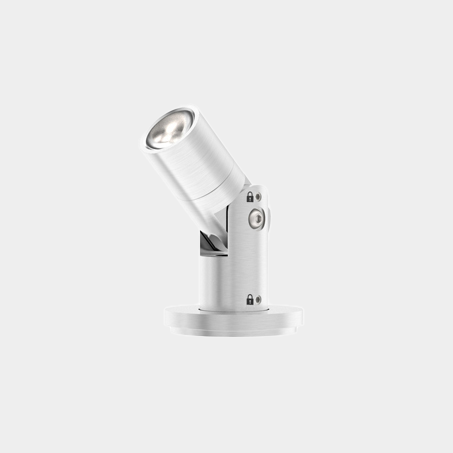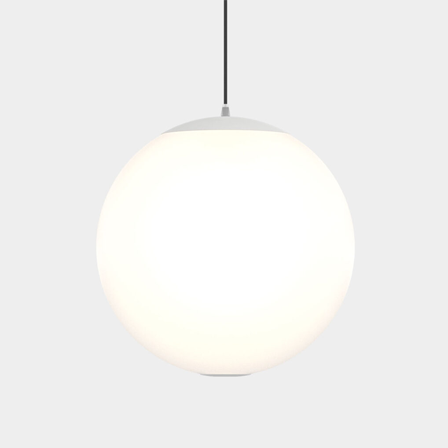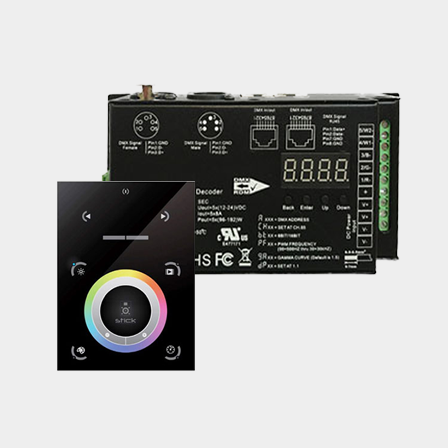Spaces: Deep Dive
Replicating natural light and its physiological benefits sounds impossible—especially when illuminating a windowless basement. Deep Dive, an upscale cocktail bar in Seattle, Washington, proves otherwise.
The underground bar lacks access to natural light, making it difficult to offer guests an inviting ambience throughout the day. To overcome this challenge, Luminii and lighting design firm Niteo Lighting installed VintageDim 2 throughout the underground bar.
Utilizing the dim-to-warm and variable white system’s industry-leading color tuning and intensity control capabilities, Deep Dive can now adjust color temperatures and share natural light’s positive benefits with patrons.
How Does Deep Dive Use VintageDim 2?
Deep Dive quickly replicates natural lighting with the system’s Variable White Mode, the ideal option for offering a cool, inviting environment to guests in the daytime. With Variable White Mode, Deep Dive can also support the wellbeing of its employees and patrons who spend significant amounts of time in the windowless space.
The system’s Warm Dim Mode allows designers to achieve optimal dimming curves for Deep Dive late into the evening. As the LED fixture is dimmed, LEDs leave a warm glow similar to candlelight at the bottom of the dimming range, allowing Deep Dive to offer guests a truly intimate atmosphere.
Read our interview with Erik Crowell, principal at Niteo Lighting, to learn how the firm worked with Luminii and Deep Dive to elevate the guest experience with VintageDim 2.
Illuminating Deep Dive
Tell us about a project where you used Luminii products.
I used a lot of Luminii products in the Deep Dive bar space in Seattle a couple years ago. The space is relatively closed off from daylight but operational both during daylight and late night hours, so there was a relatively abrupt transition from a bright, daylit environment and the darker, speakeasy-like bar interior. This drove us to use tunable white light to soften the transition from the bright outdoors to a darker bar interior.
Tell us about the techniques you applied to bring the project vision to life.
We used tunable white fixtures to change both color temperature and intensity throughout the day, so that the space adapts to changing exterior conditions and provides a comfortable environment during all hours of operation.
What were some of your client’s goals for the space?
“Beautiful, warm light” and a focus on the curated artworks—as well as the mixologist staff.
How did you apply Luminii’s products to achieve these goals?
Fixtures were integrated with casework and ceiling features to illuminate artwork and create ambient light in the space.
What challenges did you face and how did you overcome them?
Meeting the energy code. We balanced art lighting with functional lighting to meet code requirements.
What makes this project stand out from others you’ve designed?
All of the integrated lighting was very well installed. The electrician and millworker worked wonderfully together and really cared about the details.
Which Luminii products did you use for this project?
VintageDim 2 and tunable white LED strips in Kendo Small channels. DMX drivers were also used to ensure smooth transitions between scenes.
What do you enjoy most about using Luminii’s product line?
It’s a simple, straightforward product that performs well, and the manufacturer support is great.
How would you describe your experience working with the Luminii team?
Support is always great and they are always open to modifications or special needs…which we tend to have a lot of.
Your Career Path
What inspired you to pursue a career in lightingIn my design classes in college, I became interested in how different architects dealt with daylight in their projects. I was most intrigued by architects like Louis Kahn and Tadao Ando where the design of the space and the way the light interacted with it were inseparable.
Can you walk us through your career path?
I was going to school for architectural engineering and was interested in my more technical illumination class, but wondered if there was a more design-related career path. I looked up lighting designers in the area and went to visit Derek Porter when he had his studio in Kansas City. I was inspired by the way he worked with light and he offered me an internship.
Can you tell us about people or applications that have inspired you along your journey?
My inspiration changes daily. In my early education, architecturally, the Pantheon, the Kimball Museum, and the Church of light inspired me. The art of Dan Flavin, Jim Campbell, and James Turrell also heavily inspired me early on. Derek Porter most directly inspired me to become a lighting designer.
Can you share lighting projects that have inspired your aesthetic?
It really depends on the project. I mostly enjoy immersive experiences where the lighting completely melds with the space.
Your Technique
How do you determine the best lighting solution for your client projects?
I listen to the client’s goals and desires for the space and then try to come up with solutions that compliment and reinforce that vision.
What’s your secret to making spaces and objects look their best with light?
Keeping it simple. Spend your energy really working through a few important elements and have the restraint to let some things fall to the background. Don’t try to do too much.
The Future of Lighting Design
What should lighting designers be discussing today?
Anything and everything that inspires you and leads you to design a better environment for the occupants you’re designing for.
What should architects be discussing in terms of lighting a space today?
I’d like to see more architects working with daylight in a more sophisticated way; using it both as a design element for spaces and a functional element. This is a very hard thing, and I think few have done it well, but it always leads to such a beautiful experience of a space when well executed.
Connect with Erik Crowell and Niteo Lighting
Email: erik@niteolighting.com
Website: www.niteolighting.com
Address: 1932 1st Avenue, Suite 430, Seattle, WA 98101

